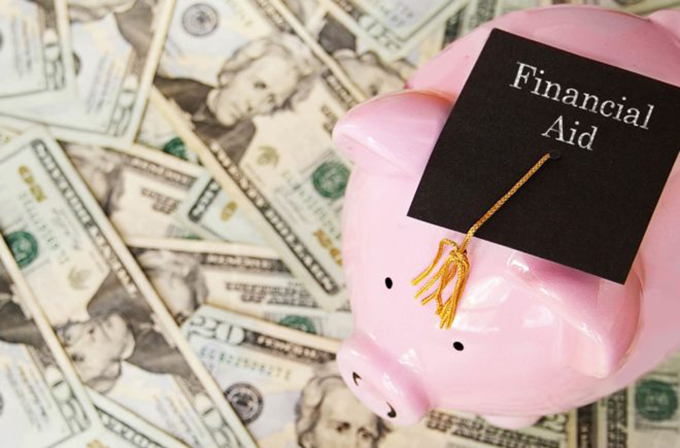How is applying for federal student financial aid about to change?
The good news is the FAFSA will go from having 108 questions to 36 questions, and most students will only have to answer a smaller set of questions about family income and household size. The not-so-good news is that this simplified form will not be available to students until October 2022 to determine aid for the 2023-24 academic year.
Also, students with family incomes below 175% or 225% of the federal poverty line (which one depends on their family circumstances) will automatically qualify for the maximum Pell Grant, which is the main federal grant given to students from low- to middle-income families as of 2023.
For example, a high school senior in a family of three led by a single parent would receive the maximum Pell grant if their parent’s income is below about $50,000 per year. Currently, only about one in five students with family incomes around $50,000 per year gets the maximum Pell grant. Currently, most students have to file the FAFSA to know the size of their Pell grant.
Automatic qualification will make it easier for students to know how much federal financial aid they can count on getting well in advance of going to college.
Are any new people eligible who weren’t before?
The new law also gets rid of a 1994 ban on Pell Grants for incarcerated individuals. This change means that people can get financial help to begin to earn college degrees while they are still behind bars instead of having to wait until their release. This change will benefit everyone, as receiving education while in prison helps reduce the chances that someone will return to prison.
Also, Pell Grant eligibility is being reset for students who went to colleges that closed while they attended. This means these students can finish their studies elsewhere. Without this change, anyone who had exhausted their Pell eligibility after 12 semesters would likely struggle to find the money they need to finish up their degree at another college.
Is the ‘expected family contribution’ a thing of the past?
Yes – sort of. Ever since 1992, the FAFSA has generated an “expected family contribution.” This number determines how much money students and their families can receive in federal financial aid. It is based on how much money the federal government expects students and their families to contribute toward the price of their education.
However, families are often unable or unwilling to pay this amount of money. The formula has also been adjusted over the years to decrease the number of students who receive the maximum Pell Grant, requiring families to pay more for college. In reality, the expected family contribution provides a rough ranking of families’ resources to help the federal government and others give out limited aid dollars.
Beginning in October 2022, the government will ditch the term “expected family contribution.” It will instead rely on a “student aid index,” the same term that had been used before 1992, that more accurately reflects how the FAFSA is used to determine financial aid. The index also does not send the message that students have to contribute a certain amount.
But in reality, the student aid index is still the amount that the federal government will expect students and families to pay for college.
In good news for students and their families, the law allows for the student aid index to be as low as -$1,500 instead of being limited to zero. This is something that I have called for in my research because it allows students to get more financial aid and helps colleges and states identify students with the greatest financial need. The change in the student aid index will not give students more financial aid from the federal government, but it will allow them to obtain up to $1,500 more in grants, loans and other financial aid from other sources.
Is the government increasing federal student financial aid in any way?
The government is also increasing the maximum Pell Grant to $6,495, a $150 increase, in the 2021-22 academic year. This is basically enough to keep up with inflation. A bigger change is that more students will qualify for the maximum Pell Grant because of increases to the income limits for receiving the grant. But while more students will receive federal grants, students with the greatest financial need will not see increases in their Pell grants other than to keep up with inflation.
Author Bio: Robert Kelchen is Associate Professor of Higher Education at Seton Hall University
